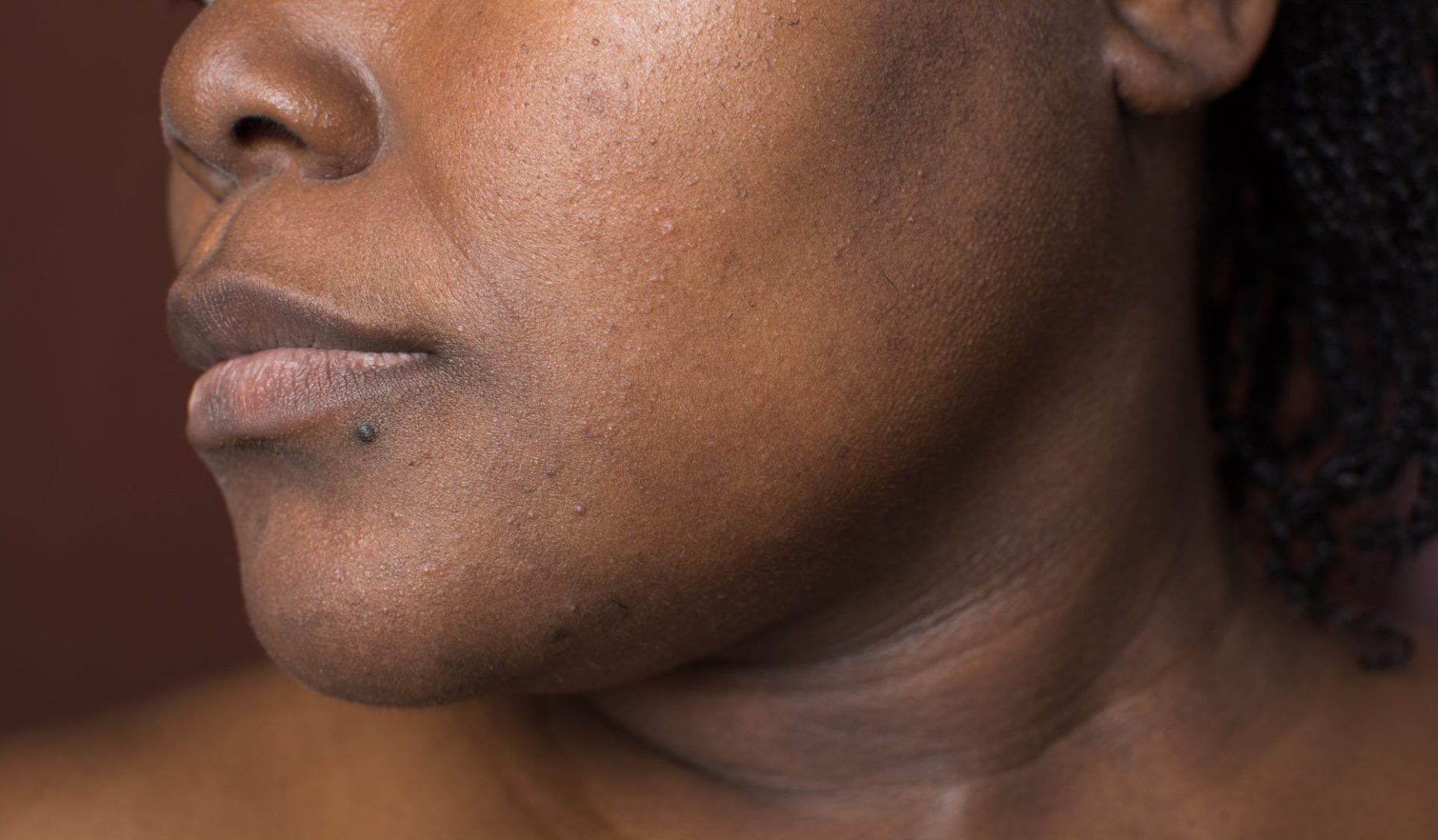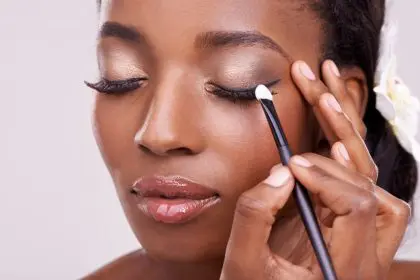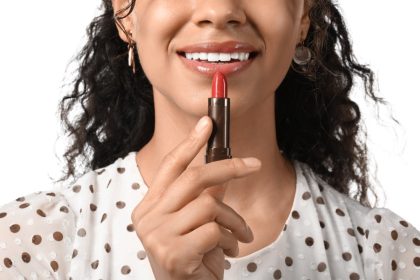You slather on moisturizer religiously, invest in expensive serums, and follow every skincare trend that promises radiant skin. Yet when you look in the mirror, your complexion still appears lackluster, tired, and frustratingly dull. The problem isn’t your moisturizer or your dedication to hydration. The real culprit hiding beneath the surface might surprise you entirely.
The answer lies in understanding how your skin actually works and why moisture alone cannot solve every complexion concern. While moisturizer plays a crucial role in maintaining healthy skin, it cannot perform miracles on a foundation that’s fundamentally compromised. The key to unlocking your skin’s natural radiance requires addressing an issue that most people completely overlook in their daily routines.
The moisture myth that’s keeping your skin dull
Moisturizer has become the holy grail of skincare, with countless products promising to transform dull skin into a glowing masterpiece. This focus on hydration has created a widespread belief that dry skin equals dull skin, and therefore, more moisture equals more radiance. While this logic seems sound on the surface, it oversimplifies the complex nature of skin health and appearance.
Your skin consists of multiple layers, with the outermost layer called the stratum corneum acting as your body’s primary barrier against environmental damage. This layer contains dead skin cells that naturally shed over time, making room for fresh, healthy cells underneath. When this natural process functions optimally, your skin appears smooth, even, and naturally luminous.
However, modern lifestyle factors can disrupt this delicate process, causing dead skin cells to accumulate on the surface instead of shedding properly. These accumulated cells create a barrier that prevents your moisturizer from penetrating effectively and blocks your skin’s natural radiance from shining through. No amount of hydration can fix this fundamental issue because you’re essentially trying to moisturize a layer of dead tissue.
Environmental factors like pollution, stress, hormonal changes, and aging can all slow down your skin’s natural cell turnover process. Additionally, certain skincare ingredients, harsh weather conditions, and even genetics can contribute to this cellular buildup. The result is skin that feels dry and looks dull, regardless of how much moisturizer you apply.
Dead skin cells create an invisible barrier
The accumulation of dead skin cells on your skin’s surface creates what skincare professionals call a “corneal buildup.” This invisible layer acts like a dirty window, preventing light from reflecting properly off your skin and creating that coveted healthy glow. Even the most luxurious moisturizers cannot penetrate this barrier effectively, leaving your skin feeling dry and looking lackluster.
This cellular buildup also affects how your other skincare products perform. Serums, treatments, and even sunscreen cannot reach the living skin cells beneath the dead layer, rendering your entire routine less effective. You might notice that your products seem to sit on top of your skin rather than absorbing properly, or that you need to use more product to achieve any noticeable results.
The texture of your skin also suffers when dead cells accumulate. Your complexion may feel rough or bumpy to the touch, makeup may appear patchy or cakey, and fine lines might seem more pronounced than they actually are. These issues persist regardless of how much moisture you add because the problem lies in the structural integrity of your skin’s surface.
Understanding this concept explains why some people can use minimal skincare products and still maintain radiant skin, while others struggle with dullness despite elaborate routines. The key difference often lies in how effectively their skin naturally sheds dead cells and how well they support this process through their skincare choices.
The overlooked solution hiding in plain sight
The missing piece in most skincare routines is regular exfoliation, a process that helps remove the buildup of dead skin cells and reveals the fresh, healthy skin underneath. Exfoliation essentially does what your skin should do naturally but may struggle with due to various internal and external factors.
There are two main types of exfoliation: physical and chemical. Physical exfoliation involves using scrubs, brushes, or tools to manually remove dead skin cells through gentle abrasion. Chemical exfoliation uses acids like alpha hydroxy acids or beta hydroxy acids to dissolve the bonds holding dead cells together, allowing them to shed more easily.
Many people avoid exfoliation because they fear it will irritate their skin or make existing dryness worse. However, when done properly, exfoliation actually enhances your skin’s ability to retain moisture and improves the effectiveness of your moisturizer. By removing the barrier of dead cells, you allow your hydrating products to reach the living cells that can actually benefit from the moisture.
The key to successful exfoliation lies in finding the right method and frequency for your specific skin type. Some people benefit from daily gentle chemical exfoliation, while others need only weekly physical exfoliation. The goal is to support your skin’s natural renewal process without causing irritation or over-exfoliation, which can create new problems.
How cellular turnover affects your complexion
Your skin naturally renews itself approximately every 28 days through a process called cellular turnover. During this cycle, new cells form in the deeper layers of your skin and gradually move upward, eventually reaching the surface where they die and should naturally shed away. This continuous process keeps your skin looking fresh, smooth, and radiant when it functions optimally.
However, this 28-day cycle can slow down significantly due to age, hormonal changes, stress, poor nutrition, lack of sleep, and environmental damage. As you get older, cellular turnover can slow to 45 days or longer, meaning dead cells remain on your skin’s surface much longer than they should. This extended presence of dead cells creates the dull, tired appearance that moisturizer alone cannot fix.
Supporting healthy cellular turnover becomes increasingly important as these natural processes slow down. This support comes not only from appropriate exfoliation but also from lifestyle factors like adequate sleep, proper nutrition, stress management, and sun protection. These elements work together to maintain your skin’s natural renewal processes and prevent the cellular buildup that causes dullness.
When cellular turnover functions properly, your skin appears naturally luminous because light reflects evenly off the smooth surface of healthy cells. The texture feels soft and supple, products absorb easily, and that coveted healthy glow appears naturally without requiring heavy makeup or expensive treatments.
Environmental factors that worsen the problem
Modern life exposes your skin to numerous factors that can slow cellular turnover and worsen the accumulation of dead skin cells. Air pollution creates a film on your skin’s surface that can trap dead cells and prevent natural shedding. This pollution also generates free radicals that damage healthy cells and disrupt normal skin functions.
Indoor heating and air conditioning remove moisture from the air, which can cause your skin to produce excess dead cells as a protective mechanism. These artificial environments often lack the humidity your skin needs to maintain proper cellular function, leading to increased dryness and cellular buildup.
Blue light from electronic devices has emerged as another factor that may affect skin health and cellular turnover. While research is still ongoing, preliminary studies suggest that prolonged exposure to blue light might contribute to skin aging and disrupted cellular processes, potentially worsening dullness over time.
Stress, both physical and emotional, significantly impacts your skin’s ability to renew itself properly. High stress levels increase cortisol production, which can slow cellular turnover and impair your skin’s natural barrier function. This creates a cycle where stressed skin becomes duller, leading to more stress about appearance.
Sleep deprivation directly affects cellular renewal because most skin repair and regeneration occurs during deep sleep phases. When you don’t get adequate quality sleep, your skin cannot complete its natural renewal processes effectively, leading to accumulated dead cells and persistent dullness.
The wrong products can make dullness worse
Many skincare products marketed for dry or dull skin actually contain ingredients that can worsen cellular buildup over time. Heavy, occlusive moisturizers that create a barrier on your skin’s surface might provide temporary relief from dryness but can also trap dead cells and prevent natural shedding processes.
Certain ingredients commonly found in skincare products can slow cellular turnover or create buildup on the skin’s surface. Petroleum-based ingredients, while effective at preventing water loss, can create such an effective barrier that they interfere with your skin’s natural processes. Similarly, some silicones can accumulate on the skin over time, creating a layer that contributes to dullness.
Over-cleansing with harsh detergents can paradoxically worsen dullness by disrupting your skin’s natural barrier function. When your skin barrier is compromised, it produces excess dead cells as a protective mechanism, creating more buildup and requiring more aggressive cleansing in a destructive cycle.
Using too many products simultaneously can also contribute to surface buildup, especially if the products contain film-forming ingredients or if you’re not allowing adequate time between applications for proper absorption. This product buildup can mix with dead skin cells to create an even more pronounced barrier to radiance.
Simple changes that restore your natural glow
The solution to persistent dullness despite moisturizing lies in incorporating gentle, regular exfoliation into your routine while maintaining proper hydration. Start with once or twice weekly exfoliation using either a gentle physical scrub or a mild chemical exfoliant containing alpha hydroxy acids.
Choose exfoliation methods based on your skin’s tolerance and preferences. Those with sensitive skin might prefer enzyme-based exfoliants derived from fruits like papaya or pineapple, which provide gentle cellular renewal without harsh abrasion or strong acids. Others might benefit from beta hydroxy acid exfoliants that can penetrate oil and work well for combination or oily skin types.
Timing your exfoliation properly enhances its effectiveness and minimizes potential irritation. Evening application works best for most chemical exfoliants, as some acids can increase sun sensitivity. Always follow exfoliation with appropriate moisturization to support your newly revealed skin cells and maintain optimal barrier function.
Consistency matters more than intensity when it comes to exfoliation. Regular, gentle removal of dead skin cells produces better results than occasional aggressive treatments that can cause irritation and actually slow the healing process. Start slowly and gradually increase frequency as your skin adapts to the new routine.
Supporting your skin’s natural renewal processes through lifestyle choices amplifies the benefits of proper exfoliation. Prioritizing quality sleep, managing stress levels, eating nutrient-rich foods, staying hydrated, and protecting your skin from environmental damage all contribute to healthier cellular turnover and naturally radiant skin.
The combination of appropriate exfoliation and quality moisturization creates the optimal environment for radiant skin. Once you remove the barrier of dead cells, your moisturizer can penetrate effectively and support the healthy, living cells underneath. This approach addresses both the immediate cause of dullness and supports long-term skin health for sustained radiance.











